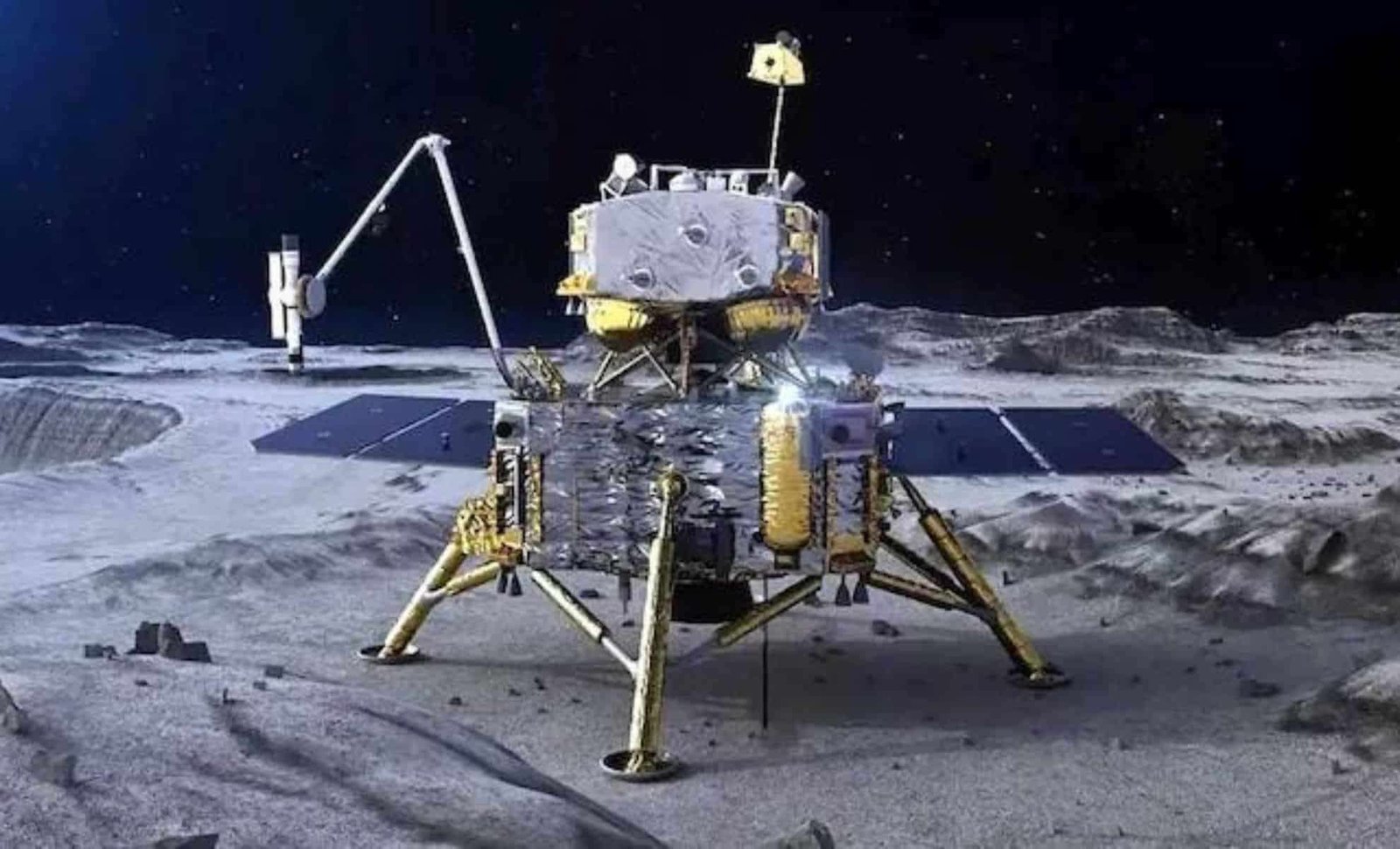In a landmark achievement for space exploration, China’s Chang’e-6 mission is set to return unique samples of lunar soil from the Moon, further advancing humanity's understanding of our nearest celestial neighbor. Following the success of previous missions in the Chang'e series, the Chang'e-6 mission will not only collect lunar material from unexplored regions of the Moon but also make China the first country to retrieve soil from the Moon's far side. This region has been shrouded in mystery since the beginning of lunar exploration.
The Chang’e-6 Mission: Background
The Chang'e series is part of China's ambitious Lunar Exploration Program. After the successful return of lunar samples by Chang'e-5 in 2020, China has quickly followed up with Chang'e-6, slated to launch in 2024. This mission aims to push the boundaries of scientific discovery by targeting the far side of the Moon, a region never before sampled.
The Chang’e-6 mission’s primary objectives are:
- Collection of lunar soil from the far side of the Moon.
- Bringing back 2 kilograms of lunar regolith (soil) for detailed study on Earth.
- Investigating the Moon’s geological history, which could offer clues about the early Solar System.
- Testing advanced technologies for future lunar exploration missions.
Landing Site: Far Side of the Moon

The far side of the Moon, which always faces away from Earth, has been a subject of fascination due to its rugged and crater-filled terrain. Unlike the near side, which has been explored extensively by previous missions, including those from the U.S. Apollo program, the far side offers unique scientific value.
The Chang’e-6 mission will specifically target the South Pole-Aitken Basin, one of the largest and oldest impact craters in the Solar System. This area is believed to contain valuable information about the Moon’s geological history, as its ancient materials could provide insights into the early conditions of the Moon and Earth.
Unique Lunar Samples
The lunar regolith samples collected by Chang'e-6 are expected to be significantly different from those previously returned by Chang'e-5 and the Apollo missions, due to the far side’s distinct environment. These samples may offer:
- New mineral compositions: The far side has a unique composition, which could reveal new types of minerals and elements not found on the near side.
- Pristine geological data: The far side is relatively untouched by past volcanic activity, meaning the soil could contain materials from the Moon’s early history, offering critical data for understanding the formation of the Moon and the early Solar System.
- Clues to solar radiation: Lunar soil acts as a record of space weathering and solar radiation exposure over millions of years. Samples from the far side could offer unique insights into the history of the Sun’s activity.
Scientific Implications
The return of lunar soil from the far side of the Moon will be a significant milestone in planetary science, allowing scientists to study:
-
The Moon’s asymmetry: One of the most intriguing mysteries of the Moon is the difference between its near and far sides. The returned samples will help scientists understand why the two sides have such contrasting features.
-
Lunar formation and evolution: By examining the materials from the South Pole-Aitken Basin, researchers can gather evidence about the Moon’s formation and its geological activity. This could also shed light on how the Earth and other terrestrial planets in the Solar System formed.
-
Impacts on lunar exploration: Chang’e-6’s success could pave the way for more missions to the far side of the Moon and other unexplored areas, setting the stage for future manned lunar exploration and even permanent lunar bases.
International Collaboration
Chang’e-6 represents a significant international collaboration effort, with contributions from multiple space agencies. France, Sweden, and Russia have all provided instruments and scientific expertise for the mission. France, for example, contributed the DORN (Detection of Outgassing Radon) instrument, designed to study lunar surface outgassing and the lunar exosphere. This level of collaboration is vital for the success of deep-space exploration and reflects the global effort to unlock the mysteries of the Moon.
Future Lunar Ambitions
China's space ambitions extend far beyond the Chang'e-6 mission. The Chang'e-7 and Chang'e-8 missions are already being planned to explore the Moon’s poles and pave the way for a lunar research station. These missions will focus on studying water ice deposits in permanently shadowed regions at the lunar poles, which could be used to support future human exploration.
In addition to lunar exploration, China is also working toward a manned mission to the Moon, which it aims to achieve by the 2030s. Chang’e-6’s success will further enhance China’s leadership in space exploration, especially as they partner with other nations and potentially with international lunar exploration initiatives, like NASA's Artemis program.
Conclusion
The Chang’e-6 mission is a bold step forward in humanity's exploration of the Moon, marking China’s continued progress in space science. By bringing back the first-ever samples from the far side of the Moon, this mission could provide unprecedented insights into the Moon's history, the formation of planets, and the dynamics of the early Solar System. As China continues to build on its Chang’e series, this mission is also a testament to the growing international collaboration in space, setting the stage for a new era of lunar exploration.







